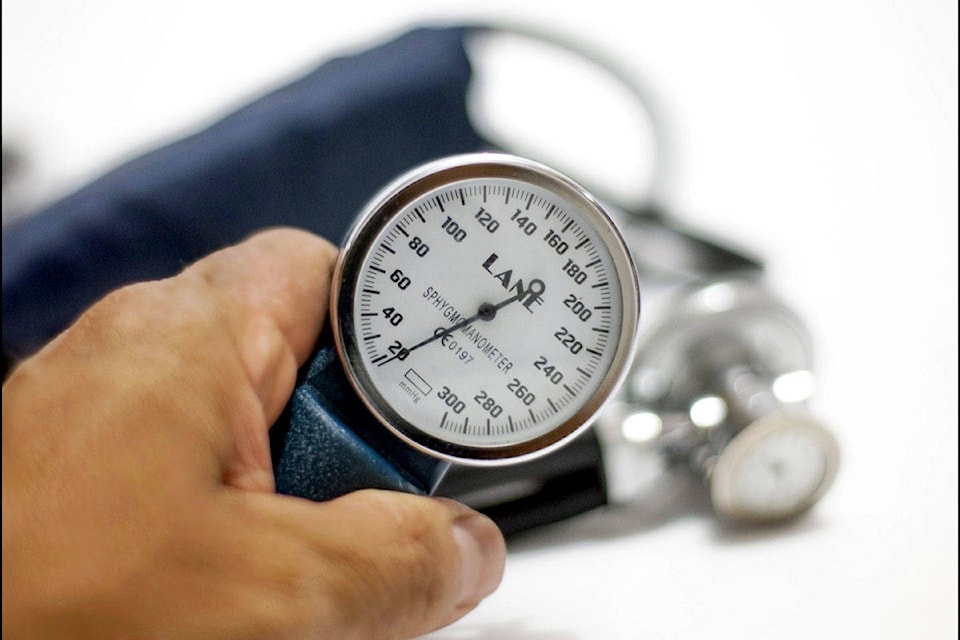Ron Cain | Contributed
My Dad’s first stroke was at 56. By 57, he had no choice but to retire.
It turns out all of the males in our family have a liver issue resulting in high cholesterol levels, and only medication helps significantly. My Dad was a very fit, non-smoker who walked one hour a day after his stroke. Fortunately, after a year, he made a good recovery.
Walking and cycling were a big part of his recovery, and his diet was already good, thanks to his massive veggie garden. By not having the stress of a management job probably saved his life.
Exercise post-stroke and post-heart attacks have consistently been shown to be highly beneficial, and a recent study discovered just how much it helps.
A study based on lifestyle questions to determine activity levels showed that in the under 75 age group, brisk walking at least three times a week lead to an average of an 80 per cent mortality decrease over four years compared to non-exercisers. There was less benefit in the plus 75 age group, but still, 54 per cent is pretty good.
If you have had a stroke or a heart attack, get clearance from your GP before beginning a program and request an exercise stress test to establish that you are safe to do an unsupervised program.
Lots of people use heart rates to establish their ideal walking pace. These popular formulas are not very accurate for older adults and not very valuable for monitoring intensity for those who have a history of heart disease and are most likely on several medications. Instead, use the talk test when walking with a friend. You have to be able to tell them a joke or a story without having difficulty breathing.
You don’t need to start off walking for 30 minutes. That is utter nonsense.
I had a 93-year-old client with congestive heart failure that started at two minutes on an exercise bike. In six months, he was doing 30 minutes at three times the resistance. Try 15 minutes, twice a day for two weeks, then go to 20 minutes, then one month later go to 30 minutes and so on. A good guideline is an exercise should leave you feeling tired for an hour or two at most, and if it takes longer than that to recover, you are working out too hard.
Heart rate monitoring is not a bad idea but not needed if you listen to your body and apply the talk test. It is, however, a good idea to record your resting heart rate (first thing in the morning before your coffee). It is a good sign when your resting heart declines. It indicates your heart is working more efficiently. If your resting heart rate is elevated for days, it can signify doing excessive exercise.
Stiffness caused by exercise is expected but not acute pain. The stiffness is caused by your muscles waking up and getting used to a new routine. After one week, it will subside, and if you stick to a routine that gets harder very slowly, you will avoid excessive soreness. If you have arthritis, exercise relieves pain and stiffness: motion is lotion.
An excellent tool for recovering from a heart attack or stroke is the Urban Pole for fitness walking. Check it out at www.urbanpoling.com and if you want a free personal lesson on the Galloping Goose Trail, send me a message.
•••
Ron Cain is the owner of Sooke Mobile Personal Training. Email sookepersonaltraining@gmail.com or find him on Facebook at Sooke Personal Training.
editor@sookenewsmirror.com
Like us on Facebook and follow us on Twitter
